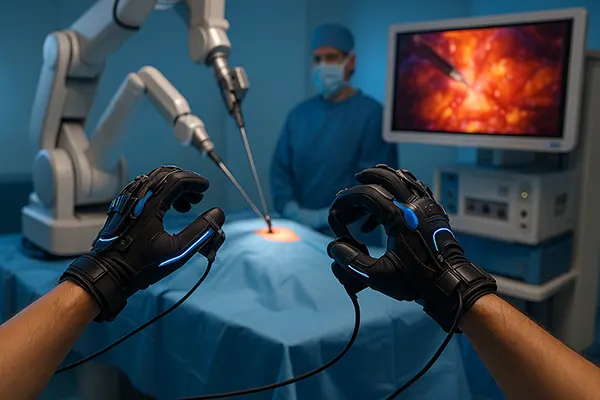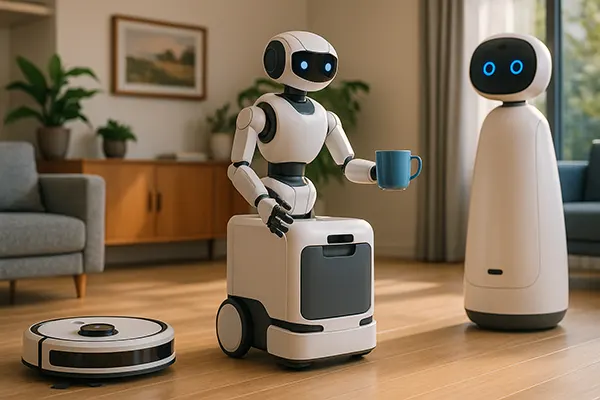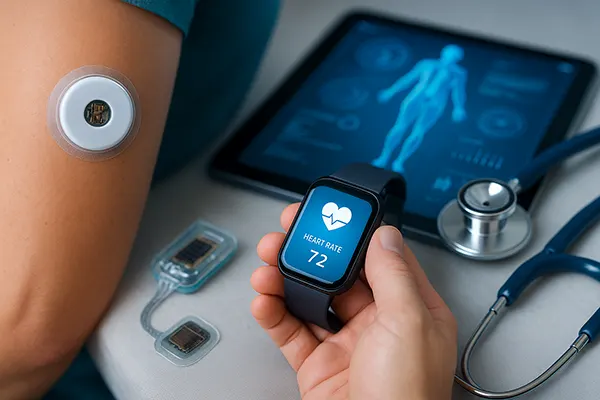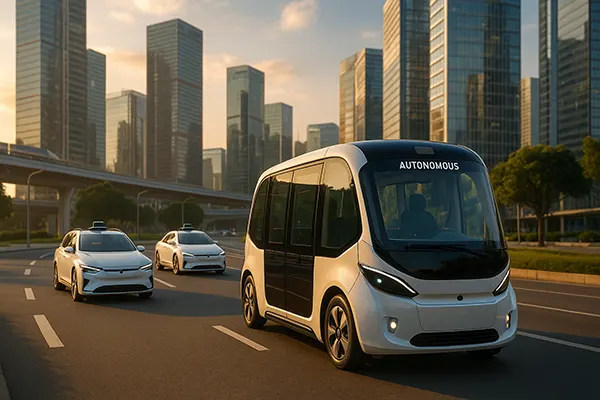
Haptic Internet: The Next Step in Sensory Technology Interaction
The Haptic Internet represents a groundbreaking evolution in how we interact with the digital world. Unlike conventional internet experiences limited to audio-visual feedback, this new frontier aims to transmit touch and tactile feedback in real-time across vast distances. It is no longer science fiction to imagine remotely feeling a handshake, guiding robotic surgery through haptic gloves, or manipulating objects in virtual reality with sensory accuracy. As 2025 progresses, the concept of a truly immersive digital environment has become not just possible, but inevitable.
Understanding the Foundation of the Haptic Internet
The Haptic Internet operates on ultra-low latency connections, ideally below one millisecond, which is essential to simulate real-time touch. This requirement has been made feasible thanks to the deployment of 5G and the ongoing development of 6G technologies. These advancements provide the infrastructure necessary for synchronised sensory transmission across networks, enabling near-instantaneous tactile feedback between users and machines.
Engineers and scientists define the Haptic Internet as an internet system that combines tactile, kinaesthetic, and force-feedback data with audio-visual content. This creates a multi-sensory experience that replicates physical interaction over distance. Devices such as exoskeletons, haptic suits, and sensor-integrated gloves are the core tools facilitating this next-gen internet landscape.
Leading institutions such as the Technical University of Munich and Stanford University are already testing medical, industrial, and educational use cases. Their studies confirm that tactile feedback can enhance user engagement, reduce learning curves, and provide safer remote operation of machinery.
Technical Challenges and Real-Time Synchronisation
To make the Haptic Internet functional at scale, the primary hurdle remains latency. Tactile perception is extremely sensitive to delay, with human users detecting even a few milliseconds of lag. Therefore, real-time data compression, edge computing, and advanced predictive algorithms are being employed to reduce transmission time.
Another challenge is standardisation. As of 2025, no universal protocol exists for haptic data transmission. Multiple research consortia, including the IEEE Haptics Symposium and ITU-T, are working to establish interoperability standards across devices and networks. This is crucial for ensuring that haptic devices from different manufacturers can communicate effectively.
Power efficiency and heat management are also issues, especially in wearable haptic devices. Continuous feedback mechanisms require sustained energy consumption and generate heat, which can reduce user comfort. Engineers are experimenting with lightweight materials and smart energy allocation systems to address this.
Applications Across Critical Sectors
One of the most transformative uses of the Haptic Internet is in healthcare. Telesurgery, where a surgeon in one location performs operations remotely using robotic arms and haptic gloves, is now tested in pilot programs across Europe and Asia. By 2025, the technology has reached clinical trial phases in countries like Germany and Japan, significantly expanding access to high-quality surgical care in rural or underserved areas.
Education and training are also seeing major improvements. Medical students, for instance, can now practice delicate procedures using haptic-enabled simulators that offer realistic tissue feedback. This not only enhances learning but also reduces risk to real patients during training phases.
In the manufacturing and automotive sectors, remote maintenance, training, and quality assurance are becoming more efficient thanks to haptic interfaces. Workers can perform tasks or conduct inspections virtually while still “feeling” the machinery or components they are interacting with, even if they are thousands of kilometres away.
Integration with Virtual and Augmented Reality
Haptic Internet merges naturally with VR and AR technologies, offering a new layer of immersion that visual and auditory input alone cannot achieve. In gaming and virtual tourism, haptic feedback allows users to feel environmental textures, pressure, or motion, adding unprecedented realism to digital environments.
In 2025, leading tech companies have released haptic-compatible AR glasses and gloves for consumer and enterprise markets. These tools are now integrated into architectural design, allowing clients to virtually “walk through” buildings and feel surface materials before construction begins.
Retail and e-commerce are also beginning to adopt the Haptic Internet. Users can now touch and feel product textures in virtual showrooms, enhancing the decision-making process and bridging the physical-digital divide in a practical, sensory-driven way.

Ethical and Societal Considerations
Despite the exciting potential, the Haptic Internet raises important ethical questions. As tactile experiences become digitised, issues of privacy, consent, and psychological impact must be addressed. For instance, who owns the sensory data generated during a remote interaction? What safeguards exist against misuse of haptic technology in simulations that replicate physical harm?
Policymakers and digital rights organisations are urging for a regulatory framework that keeps pace with the rapid development of these technologies. Some advocate for the inclusion of haptic interactions under existing data protection laws, while others call for new legislation tailored to this unique medium.
Furthermore, accessibility must be prioritised. As with any emerging technology, there is a risk of widening the digital divide. If only certain populations can access or afford haptic-enabled tools, then the transformative potential of this technology may reinforce existing inequities instead of mitigating them.
The Road Ahead: Research and Industry Collaboration
The future of the Haptic Internet depends heavily on collaboration across academia, industry, and government bodies. Large-scale investment in infrastructure, as well as international cooperation in standardisation and ethics, will determine how widespread and inclusive the technology becomes.
Global research initiatives, such as the EU-funded Horizon Europe programmes and Japan’s Moonshot R&D initiative, are allocating substantial resources to haptic development. These efforts aim to accelerate breakthroughs while ensuring safety and equity remain central to innovation.
By 2030, experts forecast that the Haptic Internet will be integral to daily life—transforming communication, commerce, education, and healthcare. While significant technical and ethical questions remain, the tactile web is no longer a distant concept; it is an emerging reality that demands proactive development and regulation.




